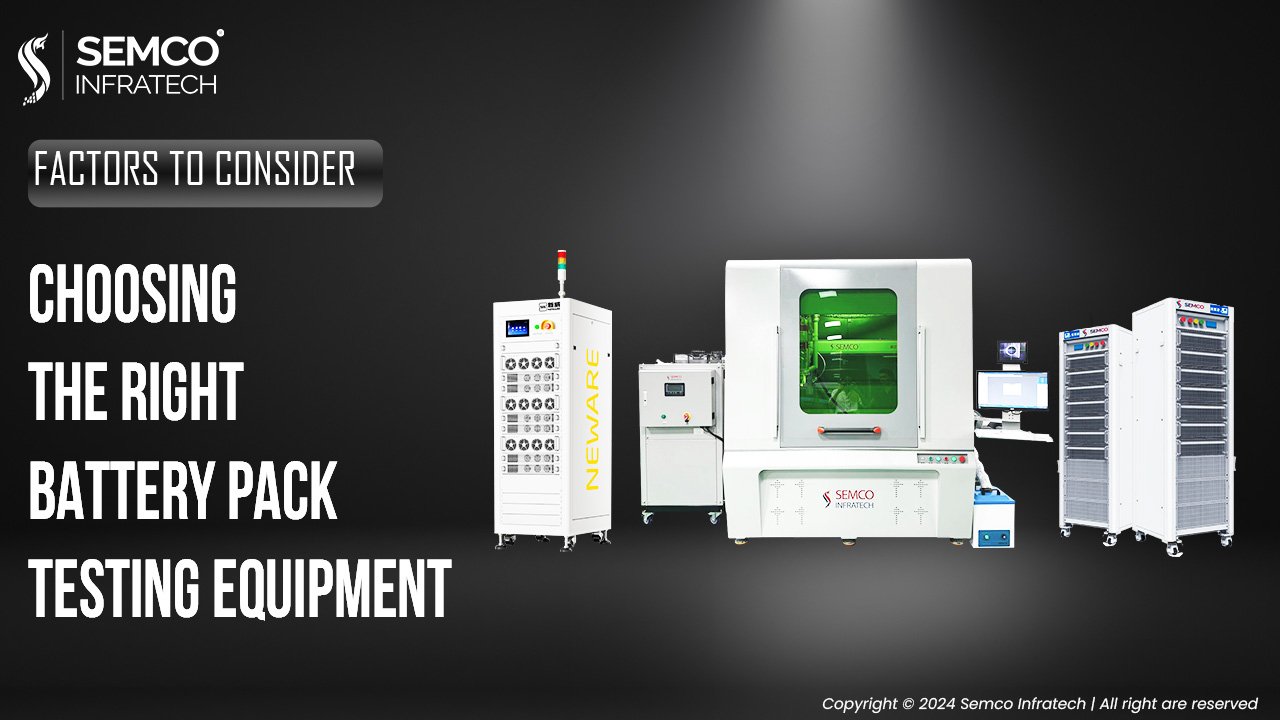In the fast-evolving world of lithium-ion batteries, ensuring the performance and safety of battery packs is crucial. One key procedure to achieve this is the End-of-Line (EOL) test method, a comprehensive quality control measure conducted before batteries leave the factory. This blog delves into the significance, process, and benefits of the EOL test in maintaining battery performance and reliability.
What is the Battery Pack ‘EOL’ Test Method?
The EOL test is a final validation process that battery packs undergo during production. This method is designed to verify whether the battery meets predefined specifications and standards, ensuring safe and efficient operation. It includes testing the battery pack’s electrical, thermal, and mechanical parameters.
Importance of the EOL Test in Battery Production
- Safety Assurance: The EOL test helps identify potential risks such as thermal runaway, overvoltage, or short circuits, which could compromise safety.
- Performance Validation: It ensures that the battery pack delivers the expected energy density, capacity, and cycle life.
- Compliance with Standards: The process ensures that the battery adheres to regulatory and industry standards, reducing the risk of product recalls or failures.
Key Steps in the Battery Pack ‘EOL’ Testing Process
- Visual Inspection: The process begins with a thorough inspection to detect physical defects like damaged connectors or compromised casings.
- Electrical Testing: This involves checking voltage, current, and resistance levels to ensure optimal electrical performance.
- Thermal Analysis: The pack is tested under different thermal conditions to validate its temperature control systems.
- Communication and BMS Testing: The Battery Management System (BMS) is evaluated to confirm that it communicates effectively with external devices and manages cell balancing.
- Leakage and Insulation Testing: Detecting leak currents and ensuring proper insulation is vital for maintaining safety.
- Dynamic Load Testing: Simulating real-world conditions, this step assesses the battery’s response to varying loads, ensuring reliability during actual use.
Benefits of Implementing the EOL Test
- Enhanced Product Quality: By identifying and rectifying issues early, the EOL test ensures a high-quality battery pack.
- Customer Satisfaction: Reliable and safe battery packs enhance user confidence and brand reputation.
- Reduced Failures: The test minimizes the chances of field failures, saving costs associated with warranty claims.
Challenges in the Battery Pack EOL Testing Process
- The complexity of Modern Battery Packs: With increasing pack sizes and functionalities, testing requires advanced systems.
- High Costs: Setting up comprehensive EOL test stations can be expensive, especially for small-scale manufacturers.
- Time-Intensive: Ensuring thorough testing without compromising production timelines is a delicate balance.
Future Trends in Battery Pack EOL Testing
As technology advances, the EOL test method is expected to integrate features like AI-driven analysis, real-time monitoring, and enhanced automation. These advancements will further improve the accuracy and efficiency of the testing process.
Conclusion
The Battery Pack ‘EOL’ Test Method plays an indispensable role in the battery manufacturing process, ensuring safety, performance, and reliability. By adopting robust EOL testing procedures, manufacturers can not only comply with industry standards but also build trust with their customers.





